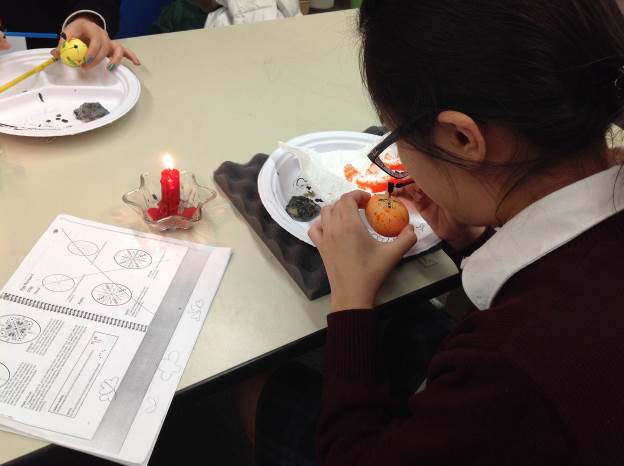An egg-celent tradition
Many homes have different traditions, but one is common across the board: dying Easter eggs. Ms. Katy Koskela, however, has introduced an old custom to the Mercy community.
Pysanky [pronounced pa-SAN-ka] eggs are hollow and are dyed and drawn on with wax using a small, hollow funnel pen called a kistka. Ms. Koskela holds after-school meetings twice a week to make these colorful eggs.
“I’ve been making [pysanky] eggs for about eight or nine years now,” said moderator Ms. Koskela. “I actually have some that I made in 2007.”
Pysanky eggs date all the way back to 1300 B.C., and are said to have originated in Ukraine. They combine symbolic art, showing nature or matriarchal symbols, with the Christian religion. Pysankys became a part of daily life and were at one point believed to possess great power.
The process of making the eggs is fairly simple but quite time-consuming. A pencil is used to divide the egg into four parts. Then, a design is drawn on also using pencil, but it is traced over using wax from the kistka. The design can symbolize feelings of love, happiness, or hope. The egg is then dyed using different colors and the symbols are drawn over again with the kitska until everything has been colored. After that, the wax is removed and a clear coating is painted on to protect the design.
“I love making them,” said sophomore Penny Liu, who has come to the meetings twice. “I like to make my own designs and choose the colors.”

